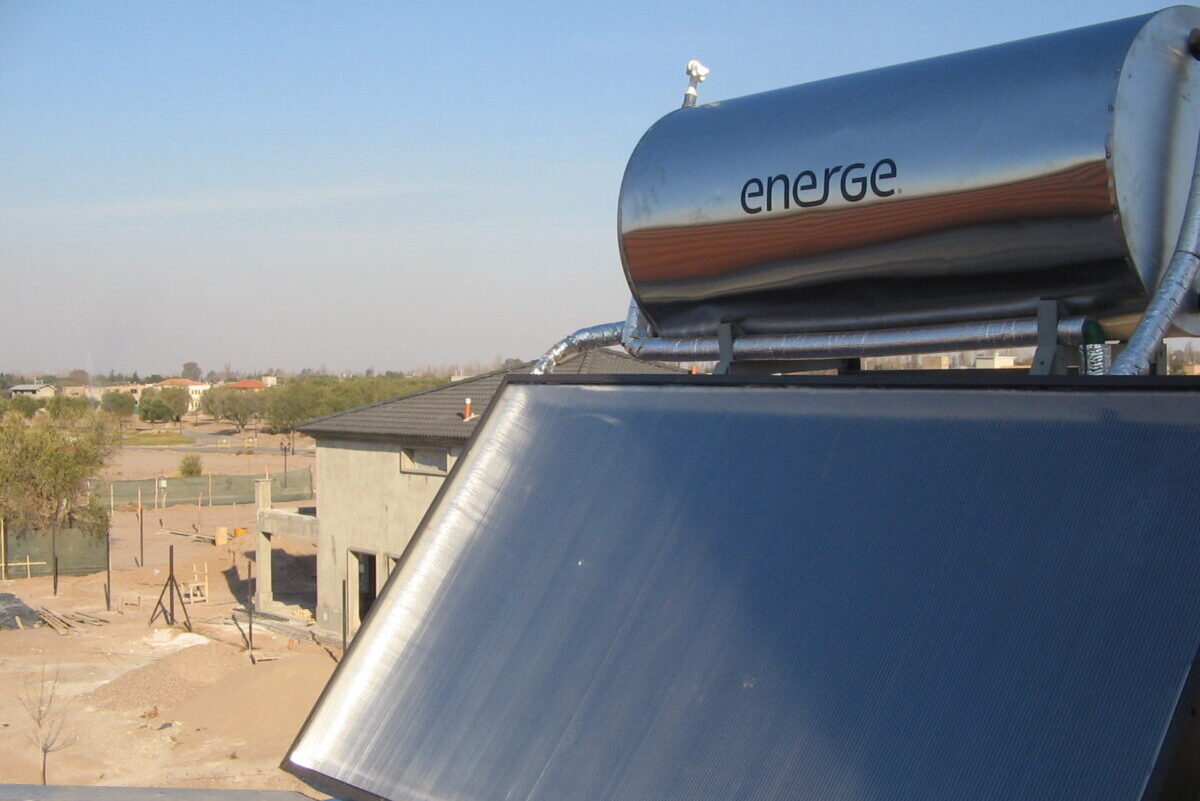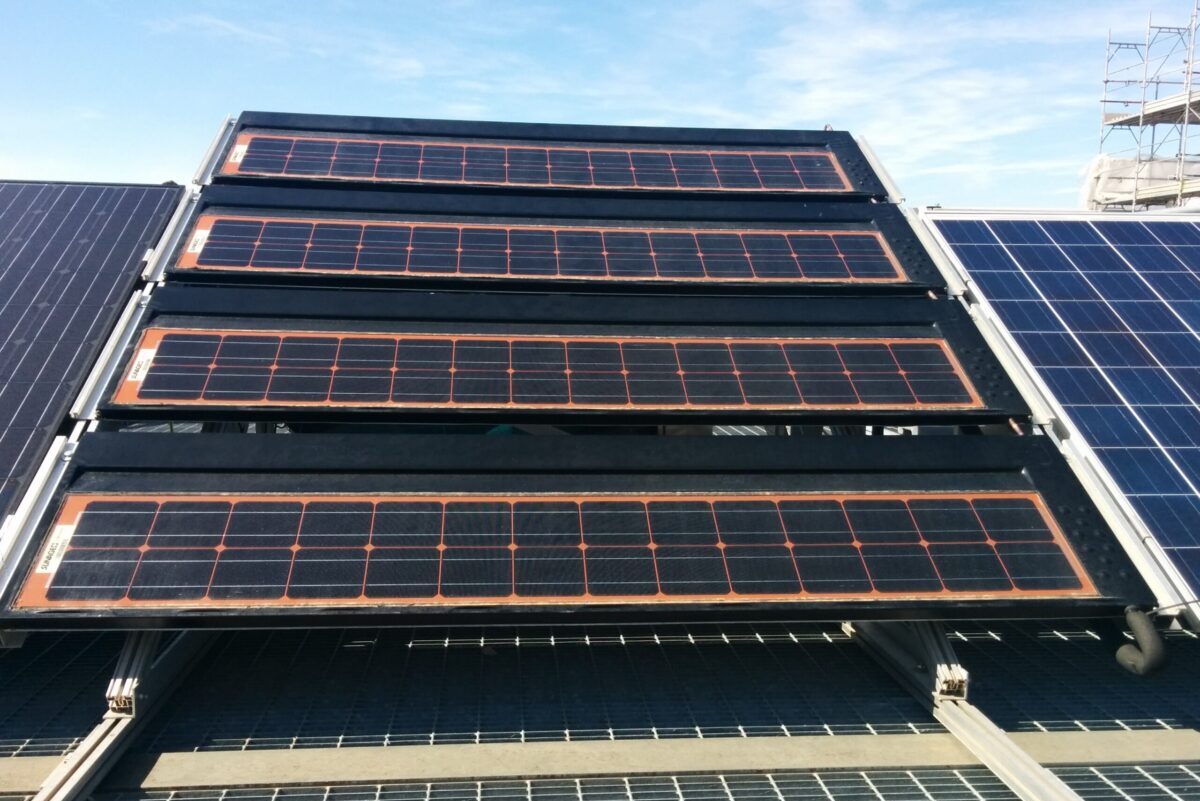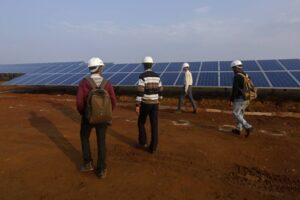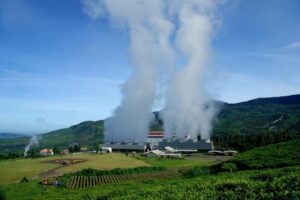Will PV and Solar Thermal Integration Be the Next Trend?

Concentrating solar thermal power, also called CSP, was once a source of personal fascination. It was full of the promise of more affordable energy than what photovoltaic solar (PV) had to offer. Together with thermal storage, CSP would also get rid of the variability problems plaguing PV.
Other sources of renewable energy could only generate baseload power, but this was scalable. In areas suitable for CSP, the solar resource could be big enough to meet the energy needs of the planet with ease.
CSP was carbon-free, scalable, and moderately priced. Aside from this, it has integrated storage as well. From these things alone, it sounds like the clean energy solution of our dreams.
The Present
Things are not looking good for it right now, however. Big, central power plants will require years to acquire permits and connect to the power grid. They are ideal in deserts and other places with low cloud cover. On top of that, the least expensive plants require cooling via water. It is possible to cool them via air, but it only reduces efficiency and increases the expenses spent on power.
It is also difficult to arrange financing due to the scale of these projects. When Department of Energy loan guarantees disappeared years ago, the industry suffered a huge blow.

Solar Millennium, the formerly successful developer of CSP, used to have a conditional commitment but declared bankruptcy upon failure to finance a project within the deadline imposed by the government.
Only a couple of plants have been built for these reasons. On the other hand, distributed PV installations are seeing rapid growth and witnessing rapid cost-cutting. Its learning curve is accelerated compared to CSP, so PV has shot past in terms of cost per kilowatt. We can see why many CSP projects have since been canceled or displaced by this alternative.
In the Future
There is still hope for CSP. PV might be ahead when it comes to price, but CSP still has cheap storage on its side. Michael Whalen of Solar Reserve said that the company was looking into the integration of CSP and PV.
It makes a lot of sense for huge solar farms because this would lower the price of CSP alone. CSP would compensate for the PV’s rapid output changes when clouds pass over or during nighttime.
CSP is still ideal in places without strong grid connections. The variability of PV can destabilize the grid, which is where CSP would then come in.


